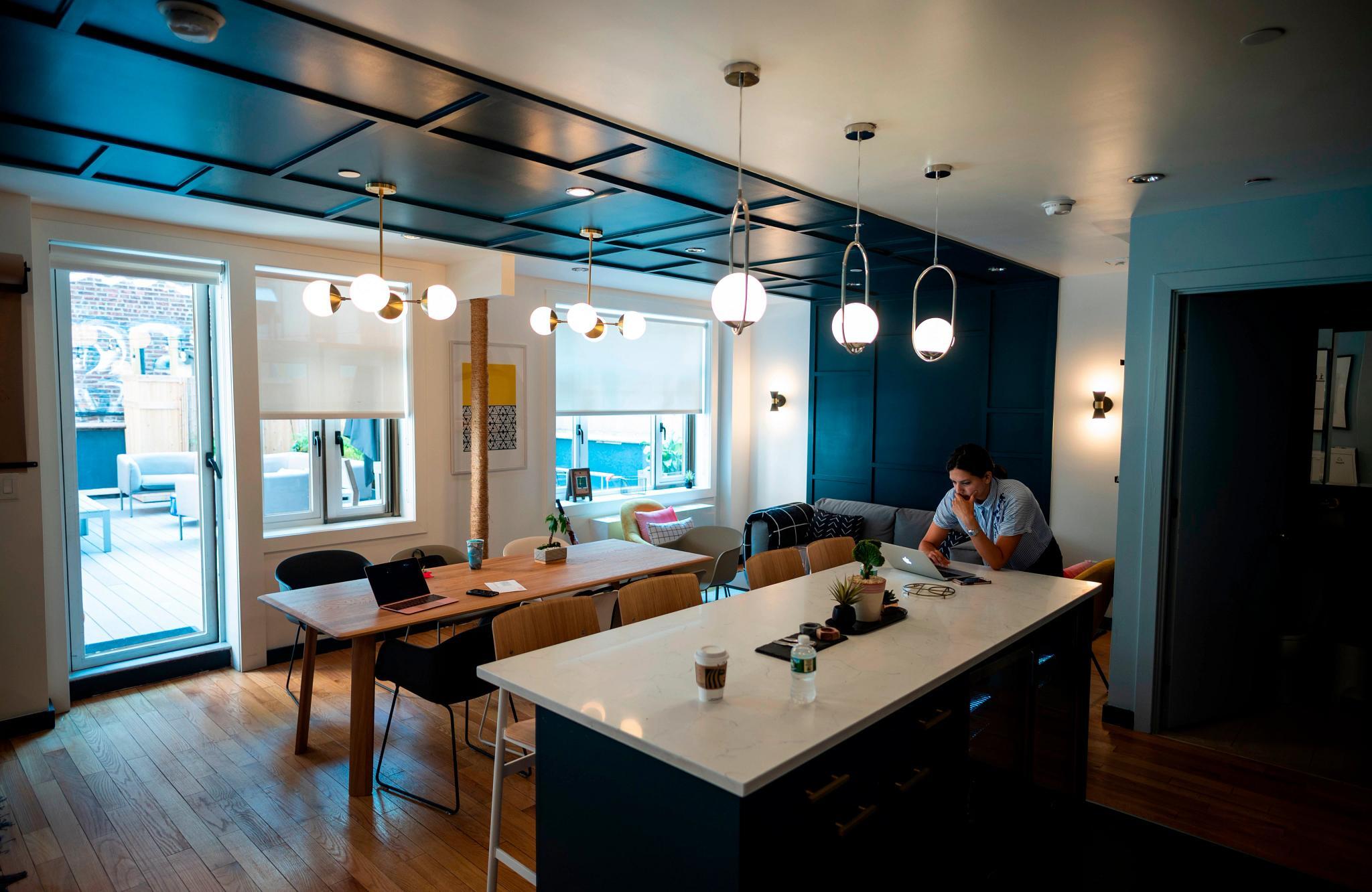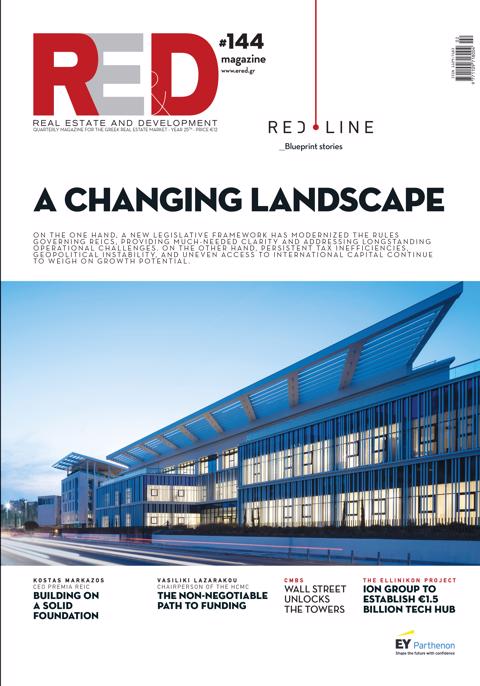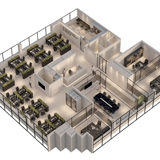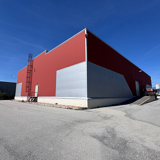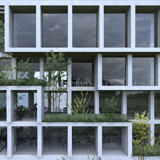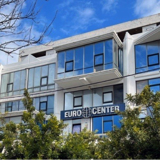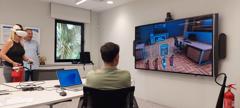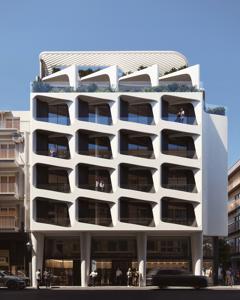Beyond shared living, new technologies and living models are bringing a revolution to the sector, offering a more flexible, personalized, and interconnected experience.
The concept of communal living is not new. However, what is radically changing the market is the digitalization of services, the integration of artificial intelligence, automation, and the adoption of new models such as “coliving hotels” and “flex living.” Coliving 2.0, as it’s already being called by many in the industry, has more in common with technology than with traditional renting.
Digital Living Experience
Coliving management platforms are becoming increasingly sophisticated. Through mobile apps, residents can check-in contactless, reserve shared spaces, participate in events, or communicate with the community. Companies like Habyt, Outsite, and Folk have invested heavily in "smart living" solutions, giving residents access to concierge-style services, notifications about social events, and real-time support.
At the same time, Internet of Things (IoT) technologies manage energy consumption, lighting, security, and the functionality of shared spaces, creating a "smart home" experience that enhances comfort and reduces environmental impact.

Flex Living & Coliving Hotels: The New Normal
Innovation in the coliving sector extends beyond digital tools—it evolves at the model level. The concept of "flex living," a combination of long-term and short-term stays, meets the needs of modern professionals and digital nomads who seek flexibility. Units operating as coliving hotels allow residents to stay for a few nights, weeks, or even months, offering high-quality services and shared spaces that emphasize social interaction.
Nomio, self-identified as the "Nomad’s Paradise," combines technologically advanced infrastructure with living experiences that resemble a blend of a hotel and a community.
Innovation in Affordability and Design
One of the biggest challenges for coliving is affordability. Innovative solutions, such as renting unfurnished units, shared amenities with "amenity-light" models, and dynamic pricing, allow providers to offer rents up to 20% lower than traditional market rates. Savills reports that coliving is on average 7% cheaper than traditional studios, without compromising on quality or amenities.
Moreover, the design of spaces has evolved based on principles of biophilia, spatial psychology, and social connectivity. The goal is not just to “stay” somewhere but to “belong.” Shared kitchens with "master chef" setups, fitness areas, coworking spaces, and lounges designed for "serendipitous" encounters (social collision points) enhance the sense of community.
Human Interaction Through Technology
Despite its technological aspect, coliving remains deeply human-centric. Technology is used to enhance the human experience, not replace it. Community managers play a key role, encouraging participation, organizing activities, and offering psychological support to residents.
Studies show that coliving residents feel significantly less loneliness than the general population. La Casa found that only 7% of its residents feel lonely, compared to 53% of the national average in France.
